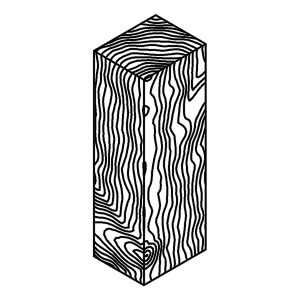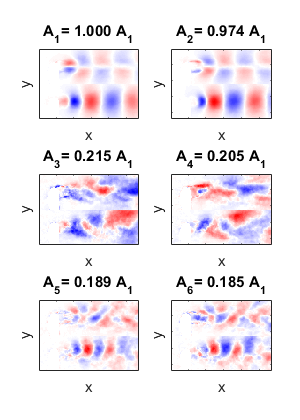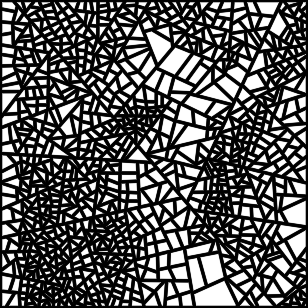Wood is a curious material. You can see its history in a slice, due to its imperfect rings. I wanted to recreate a simplified version of this. First, I created a skeleton of line segments to represent the trunk and branches. From these, I created a 3D distance map. If I plotted the contours of […]
Generative Lumber









